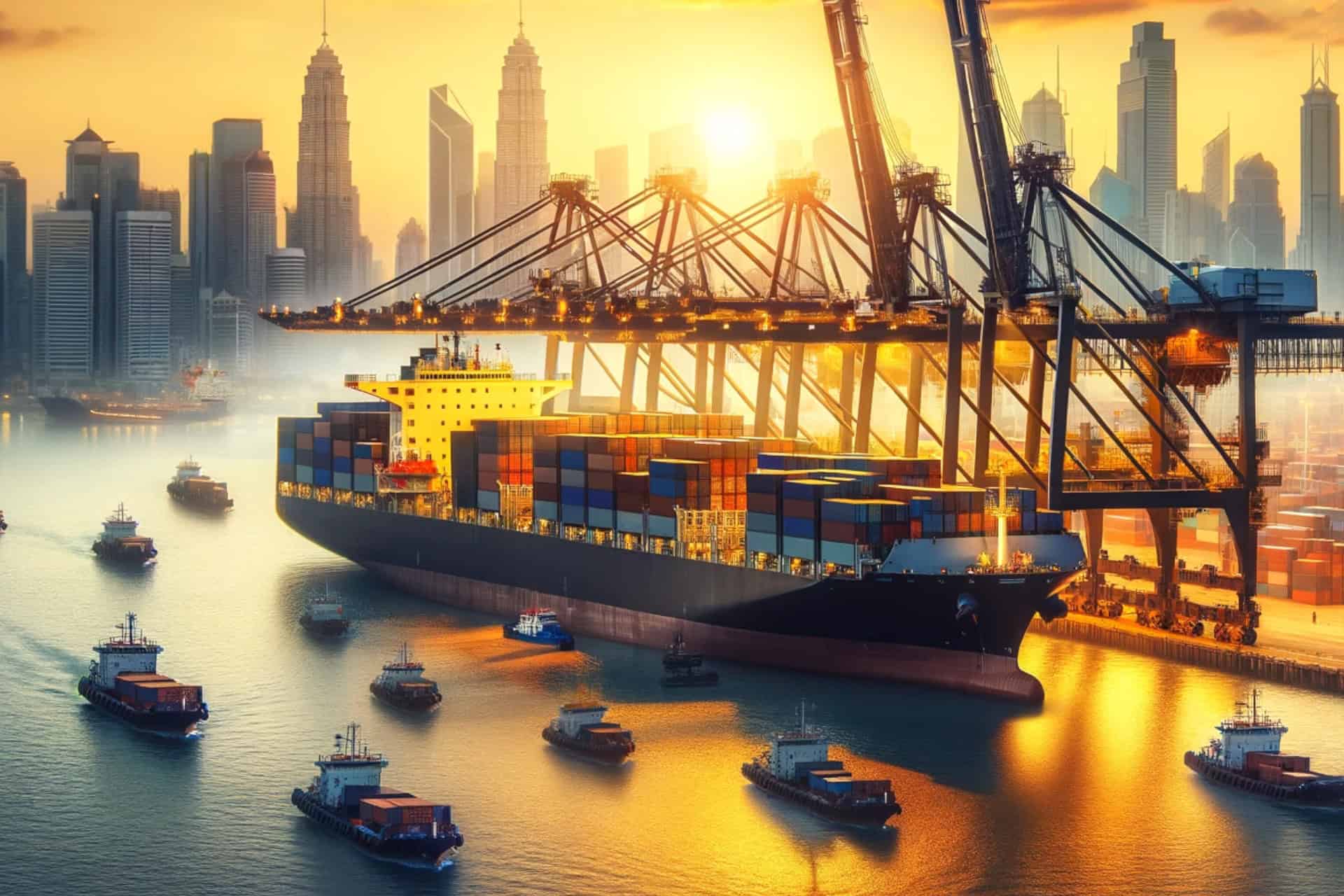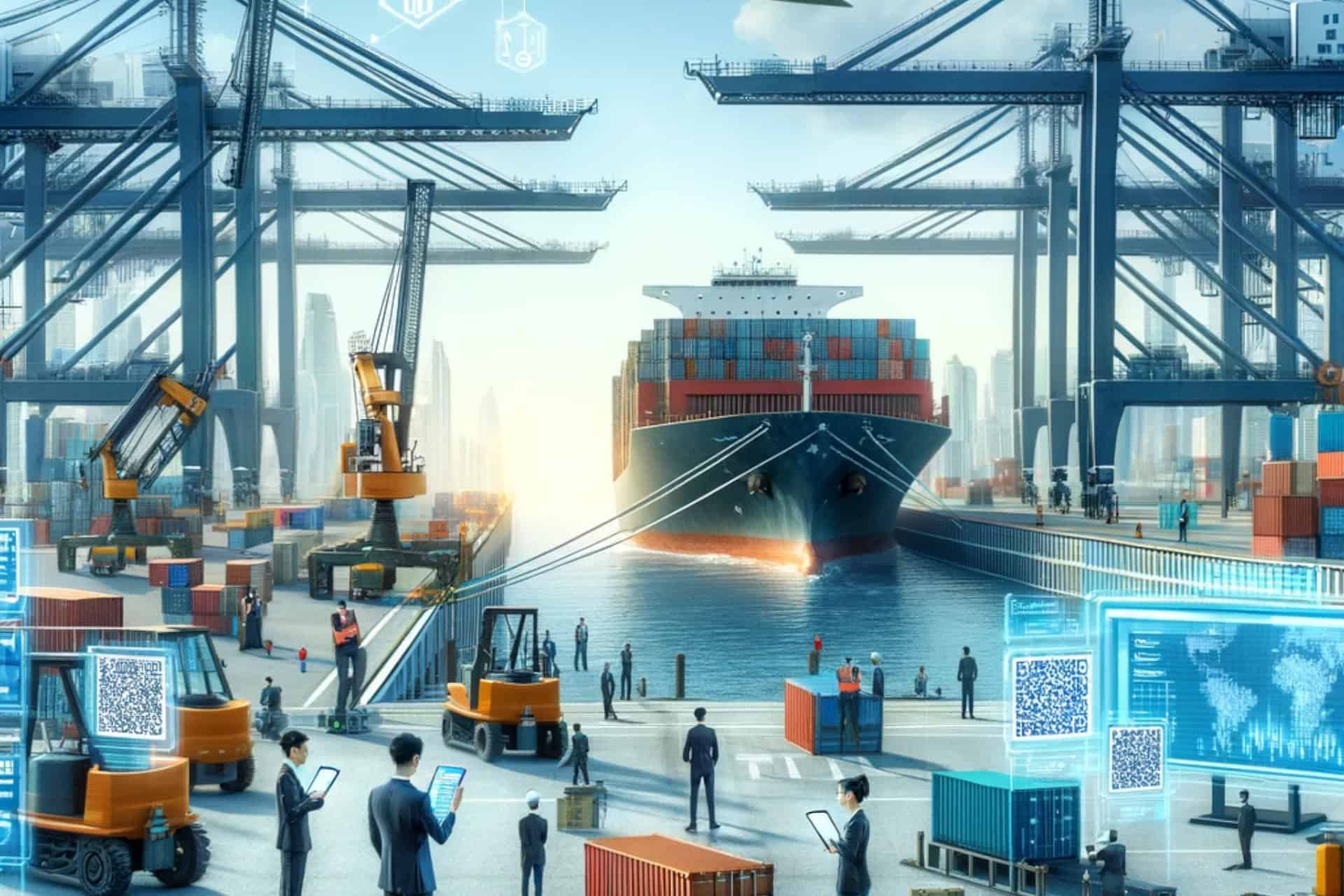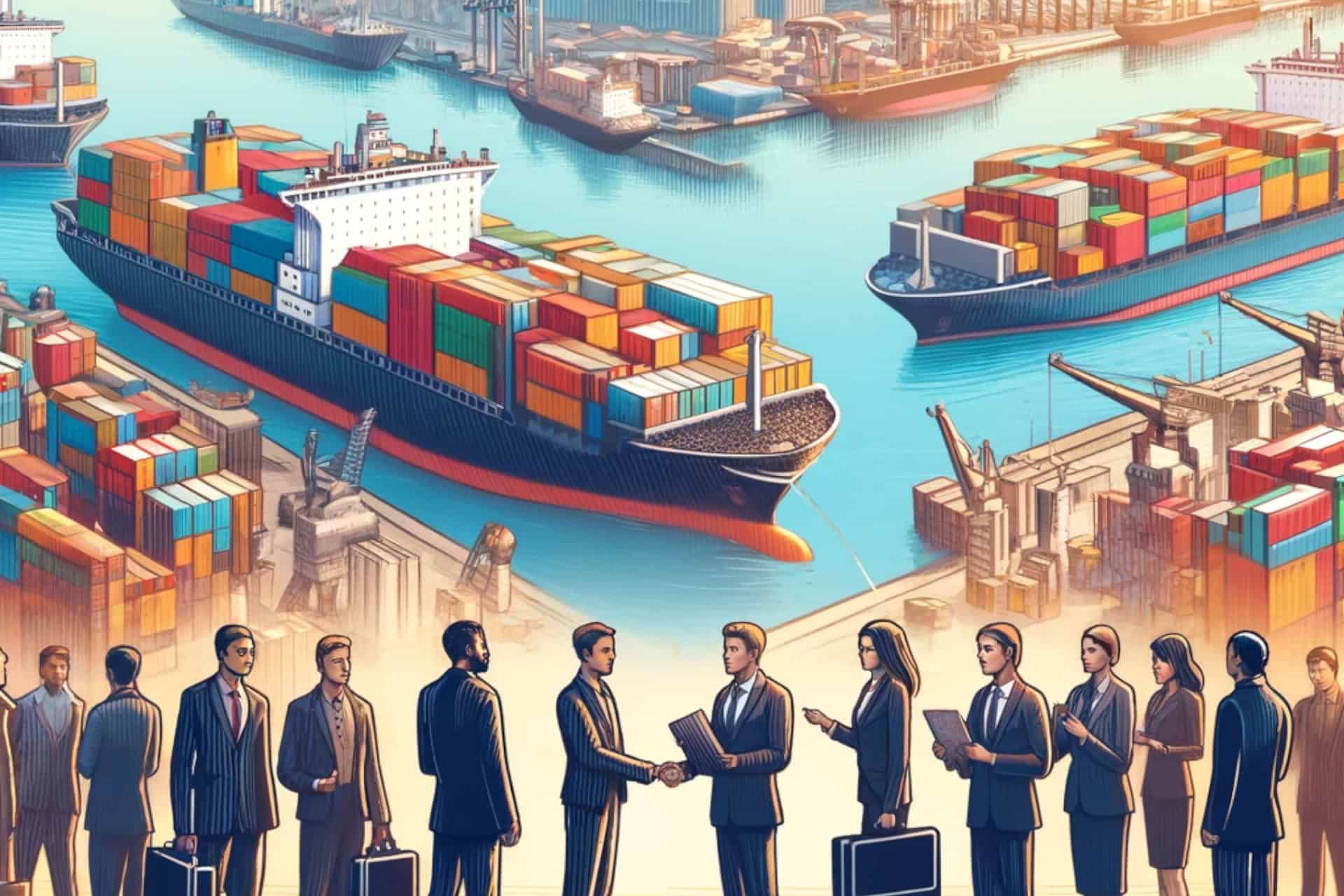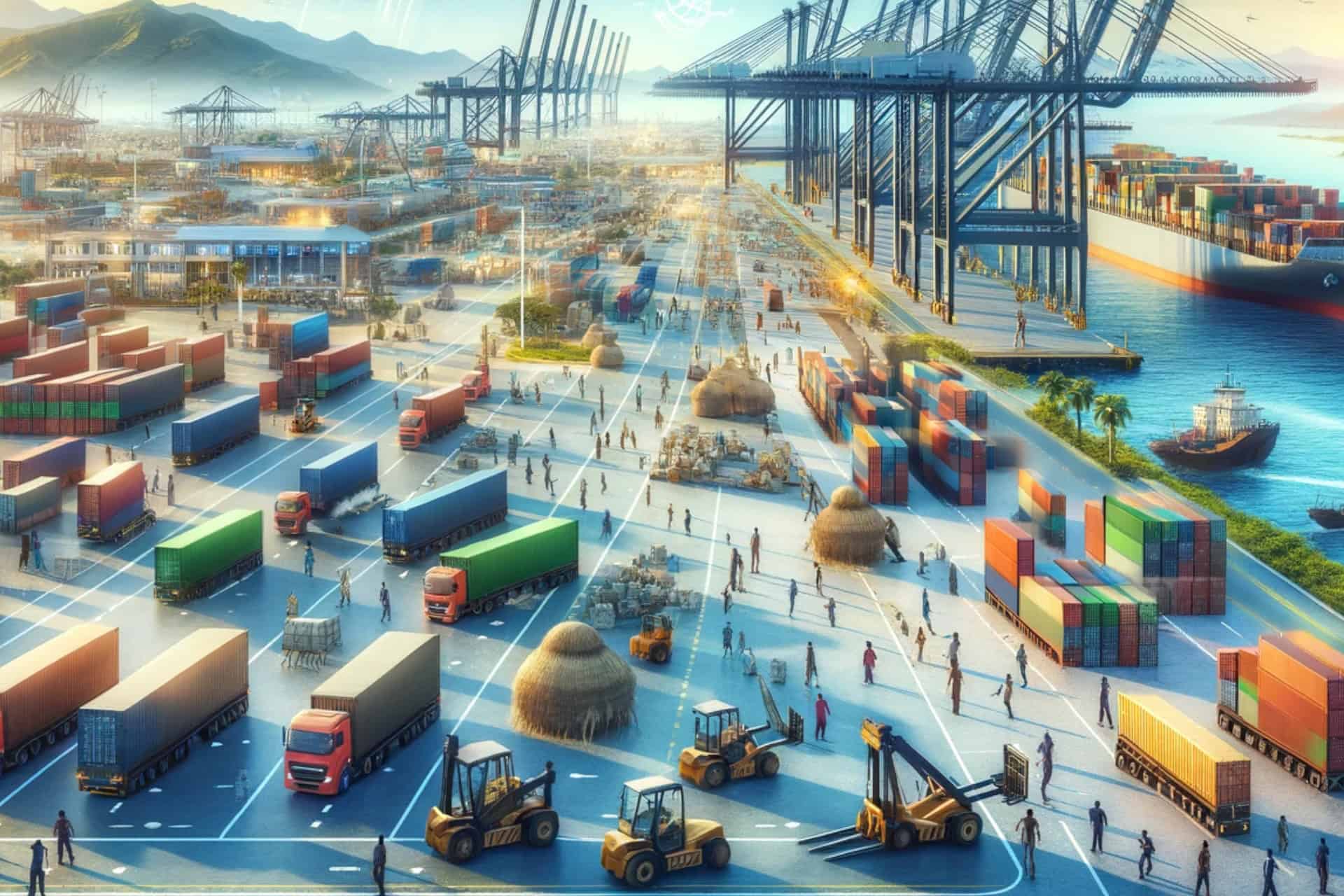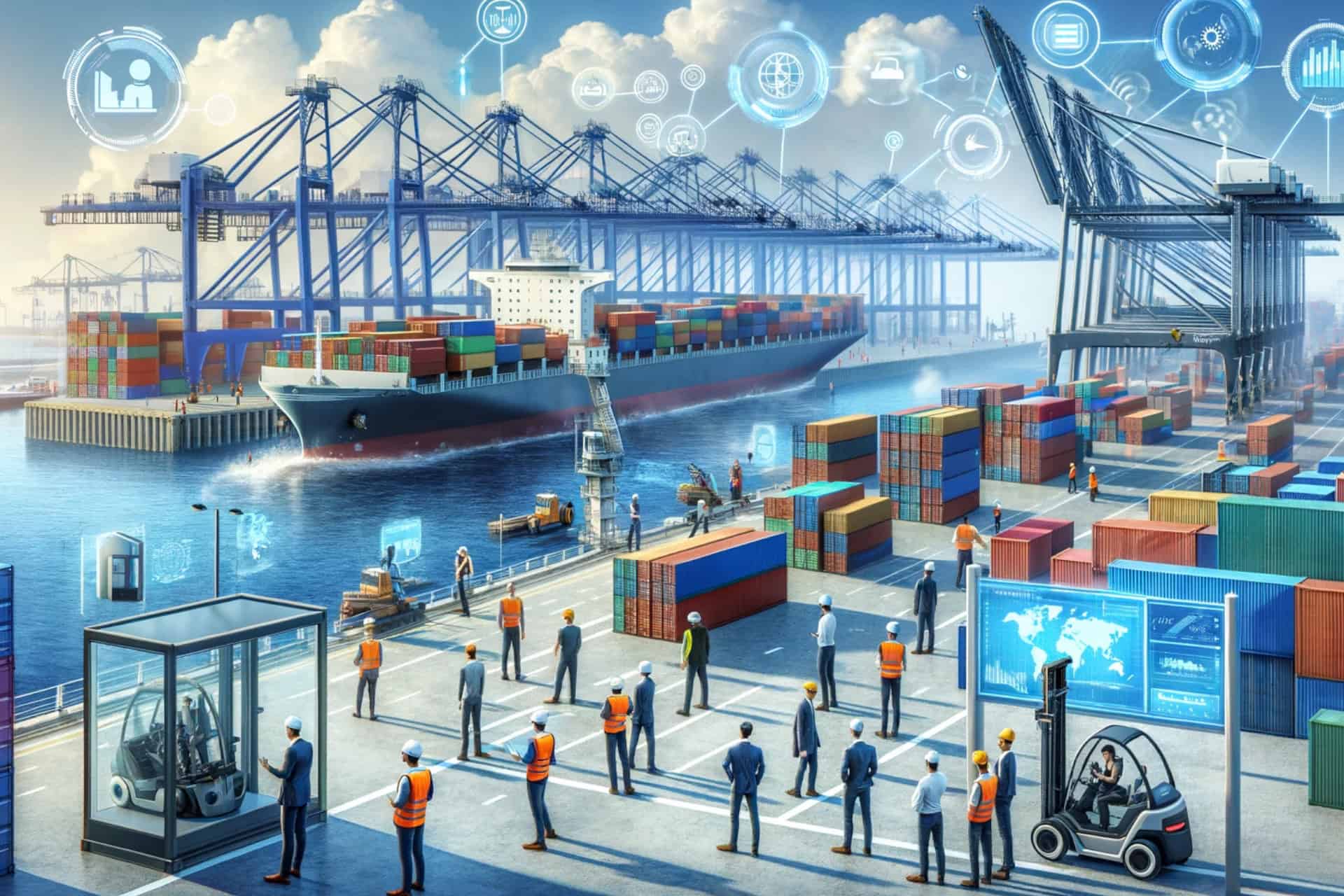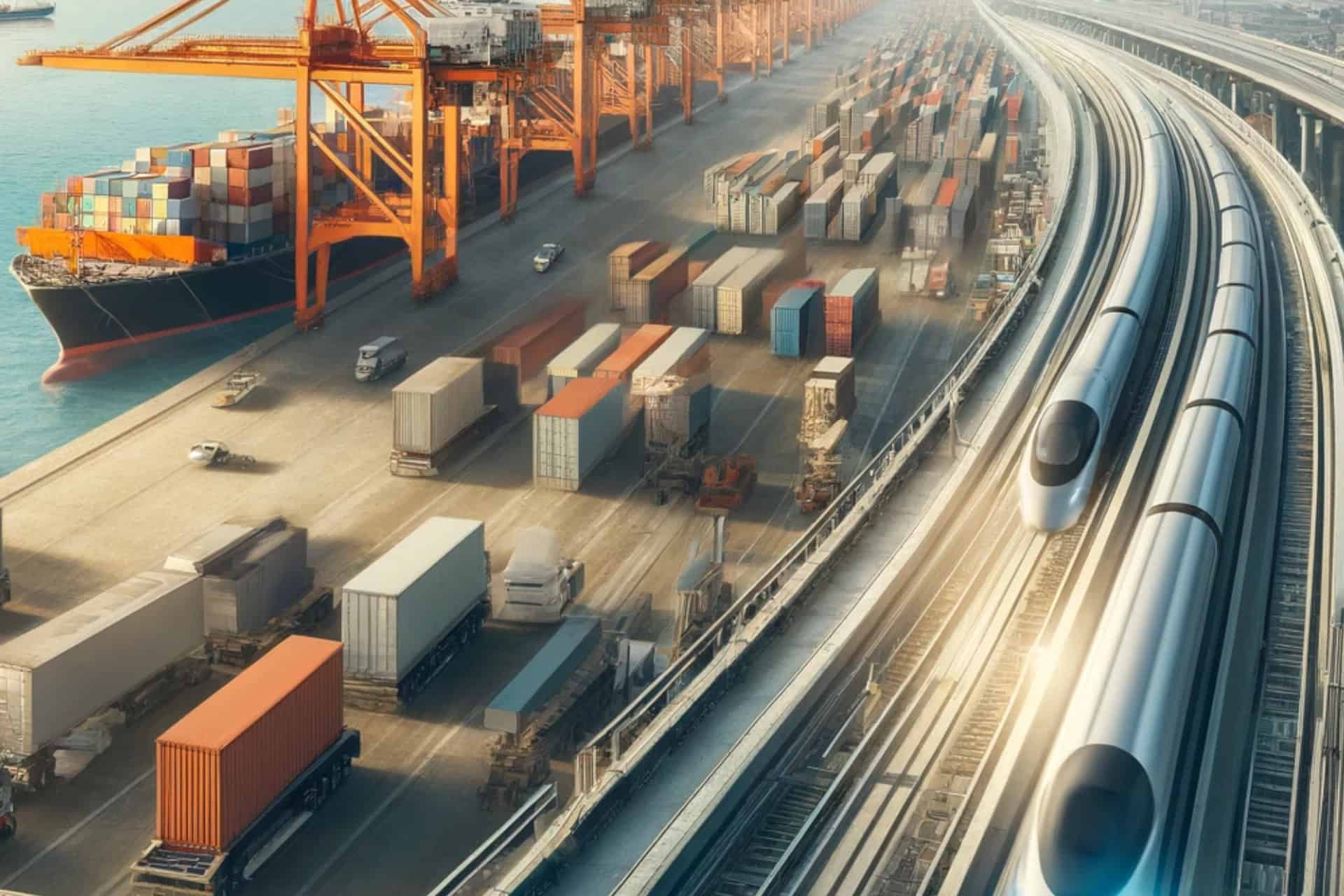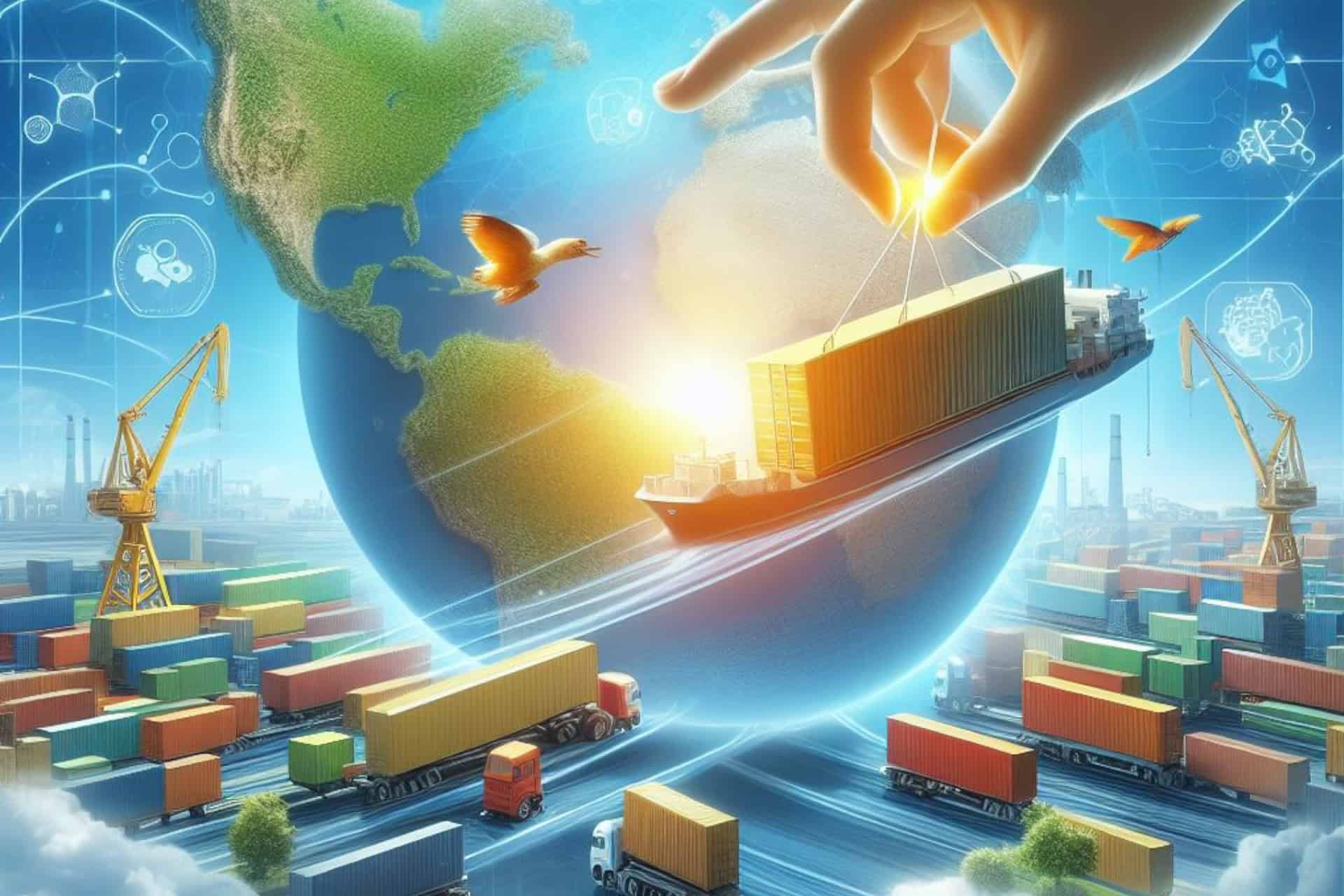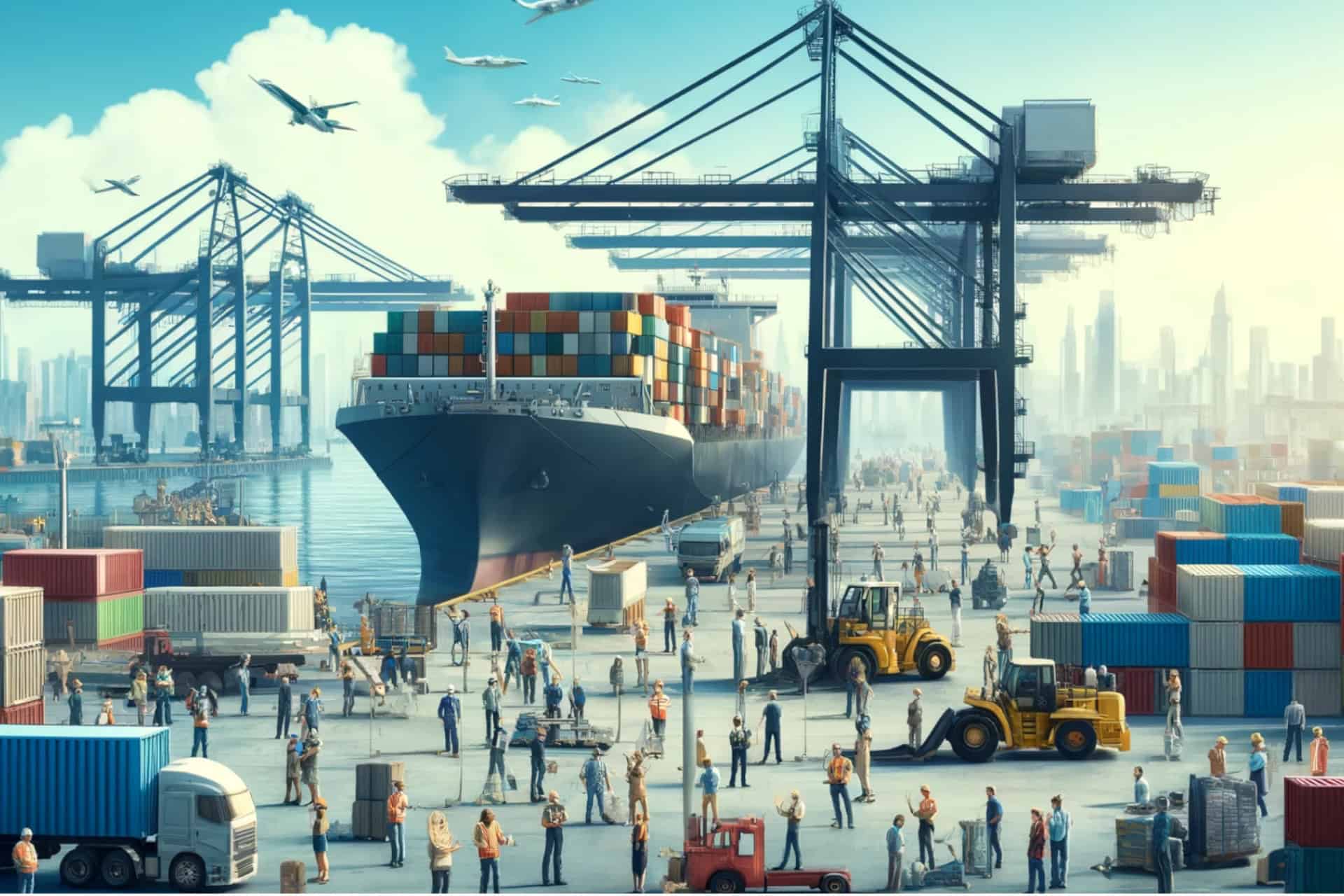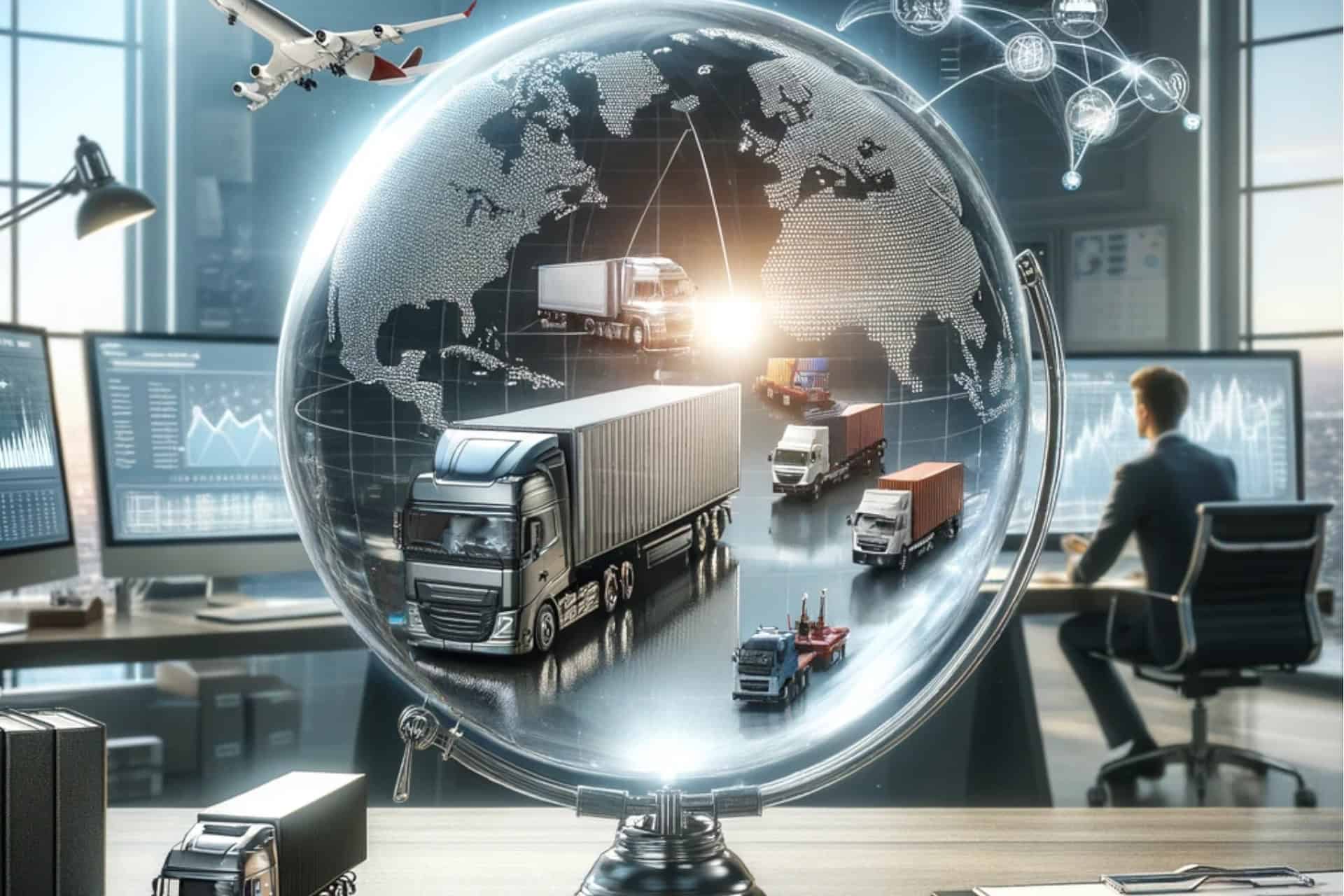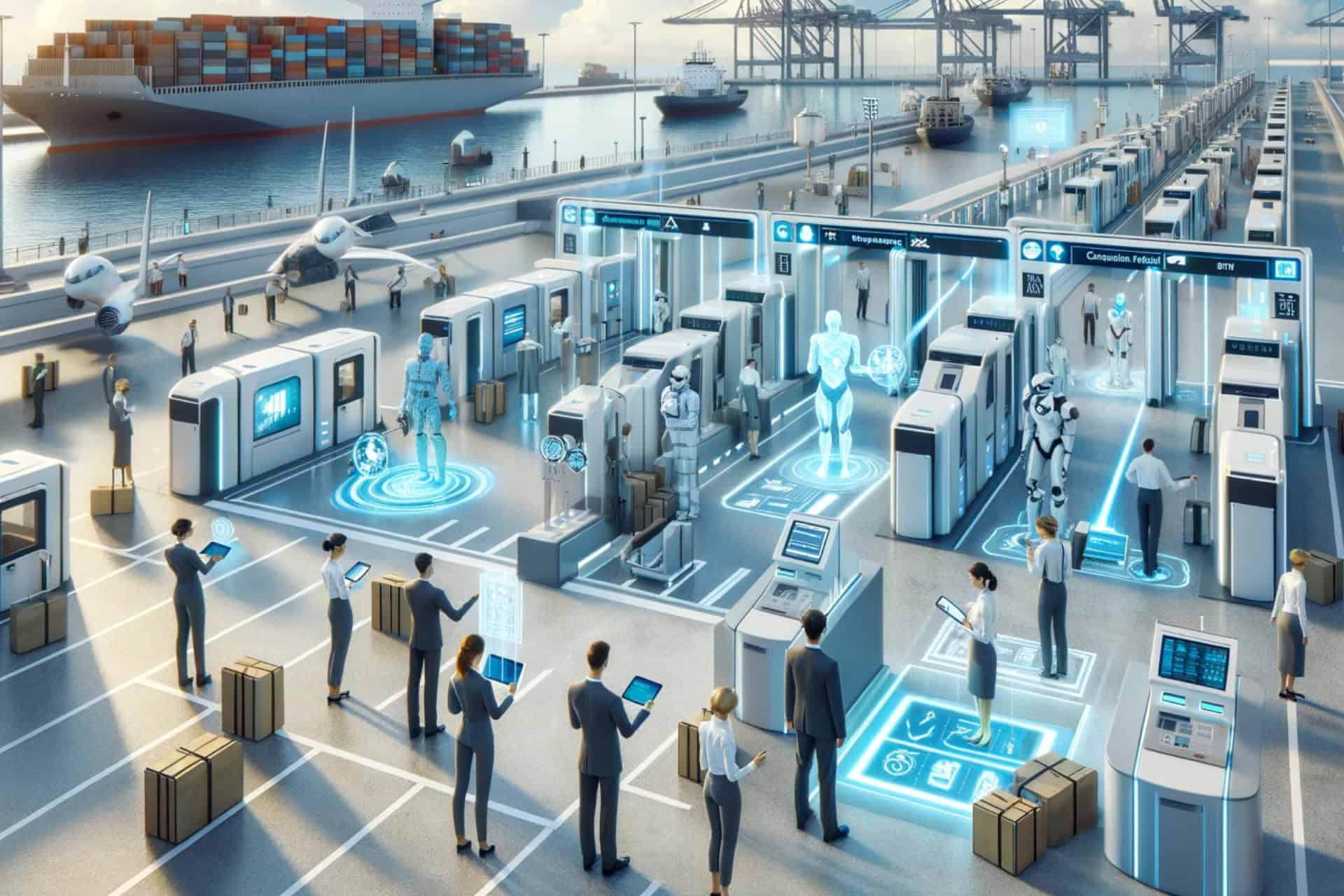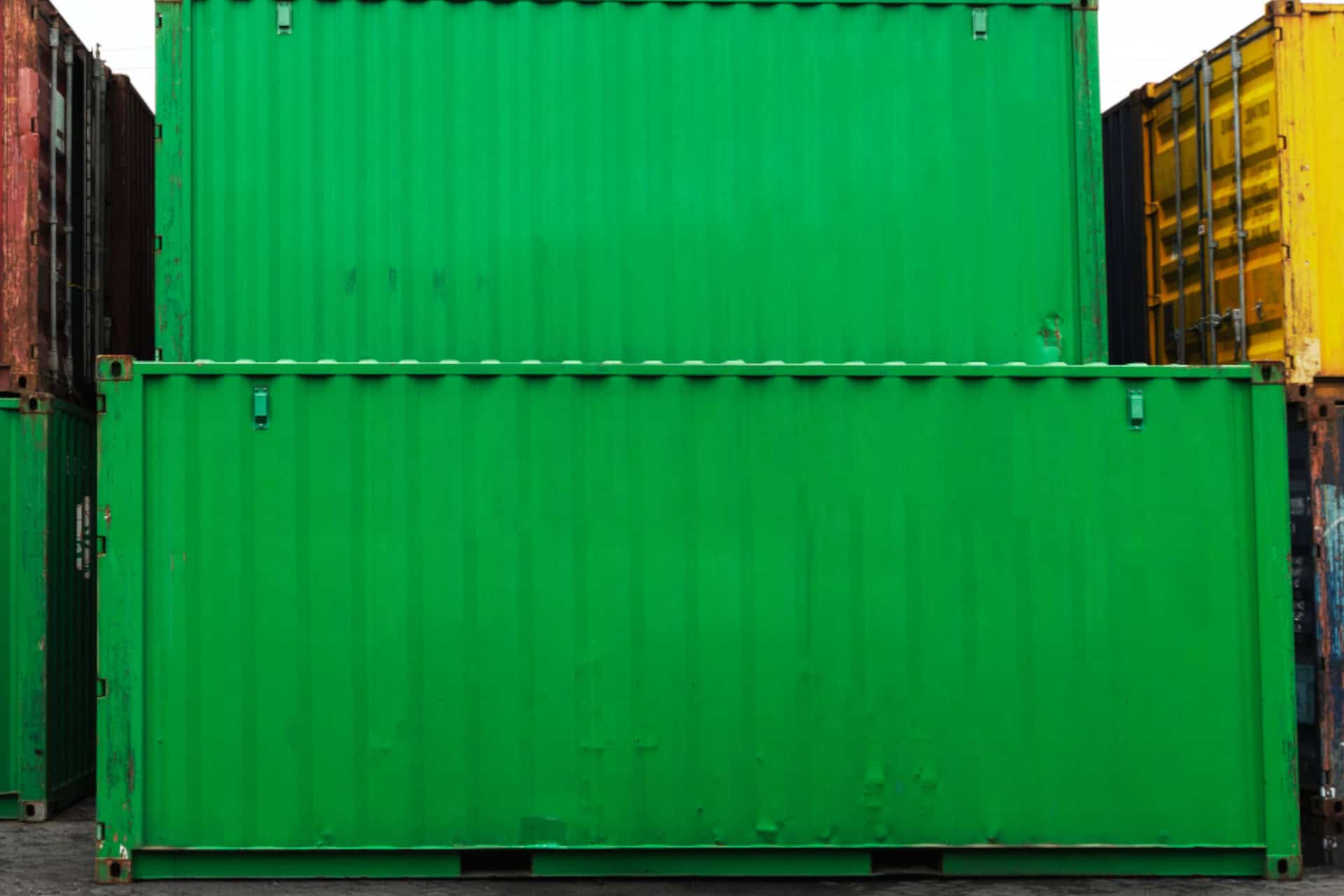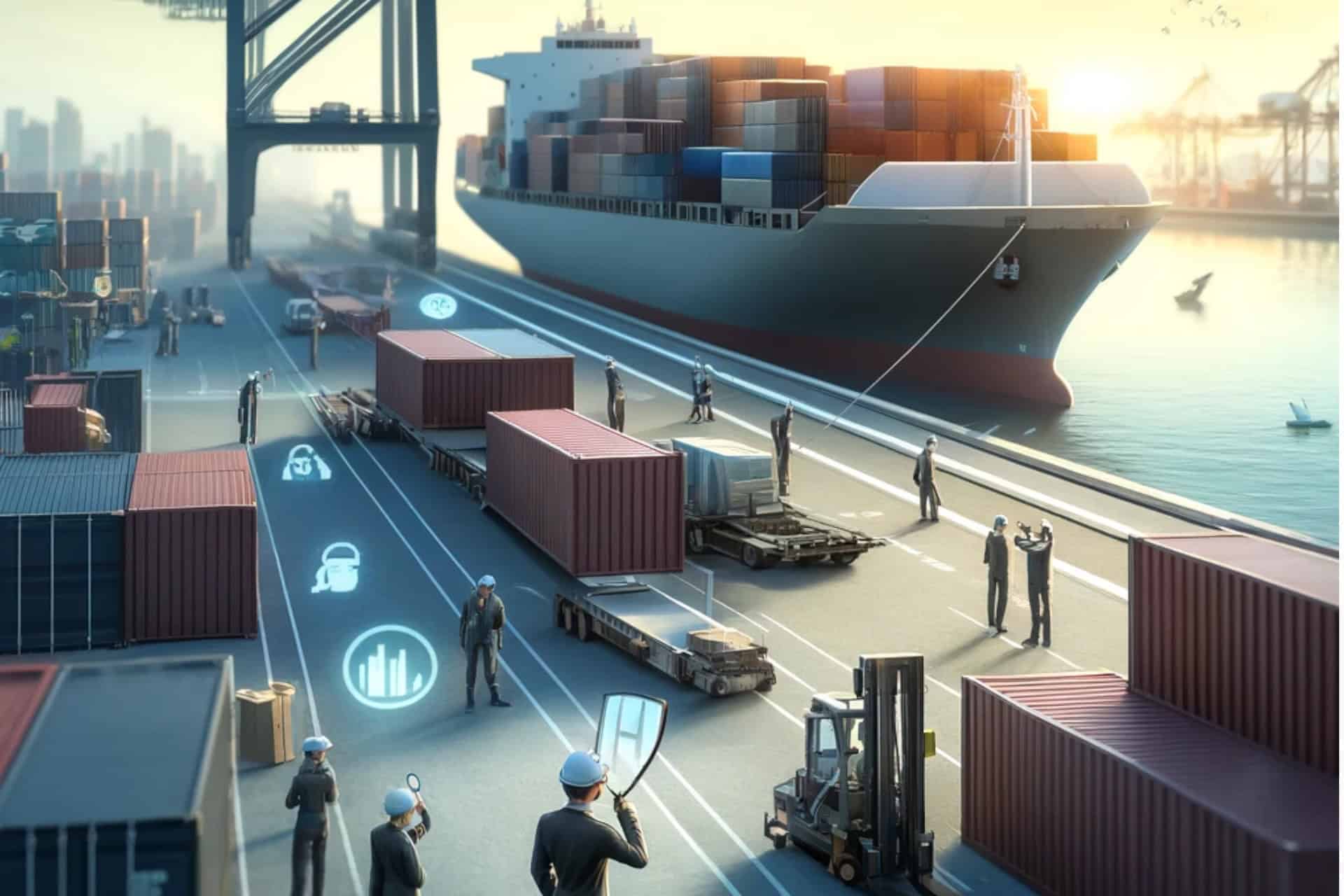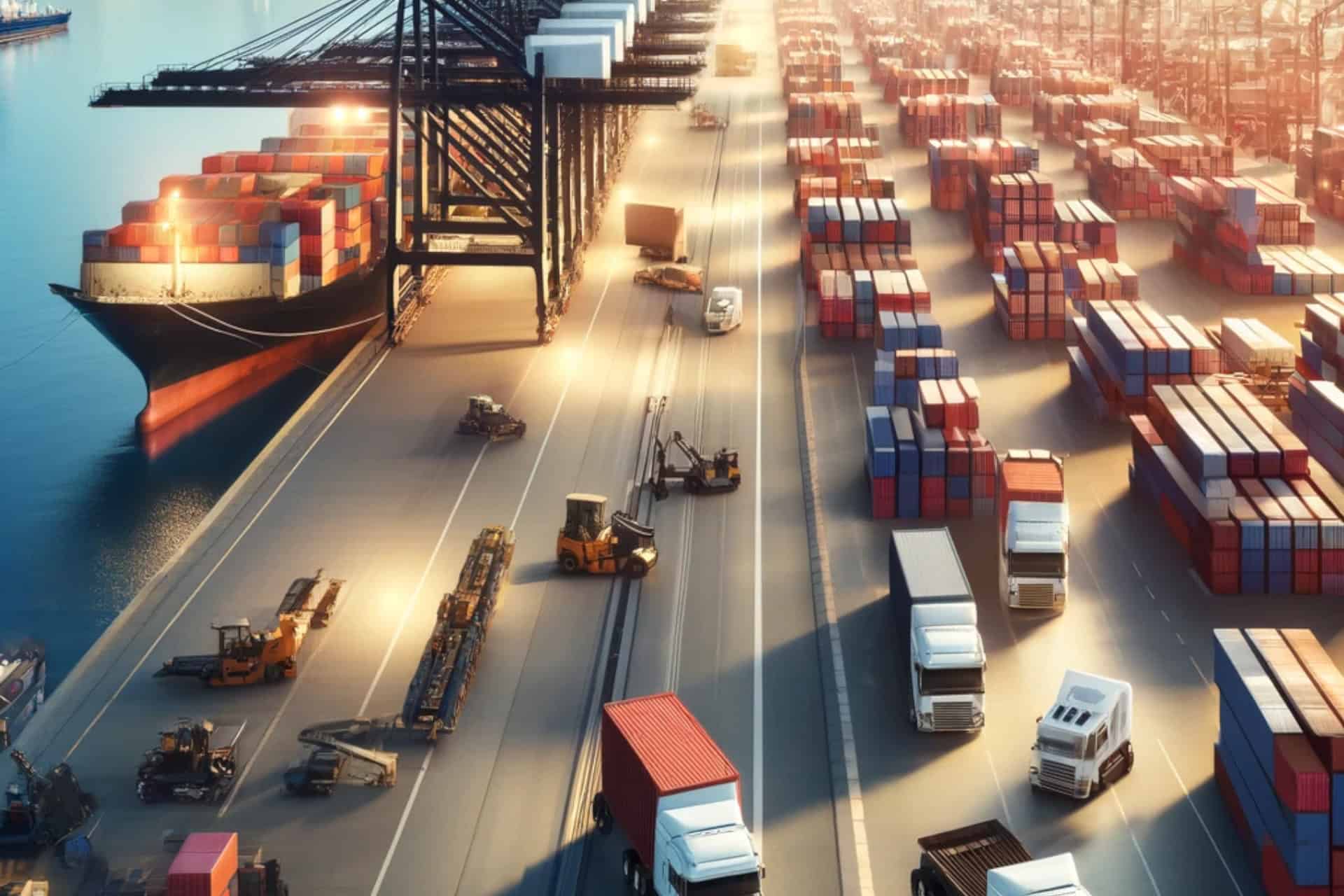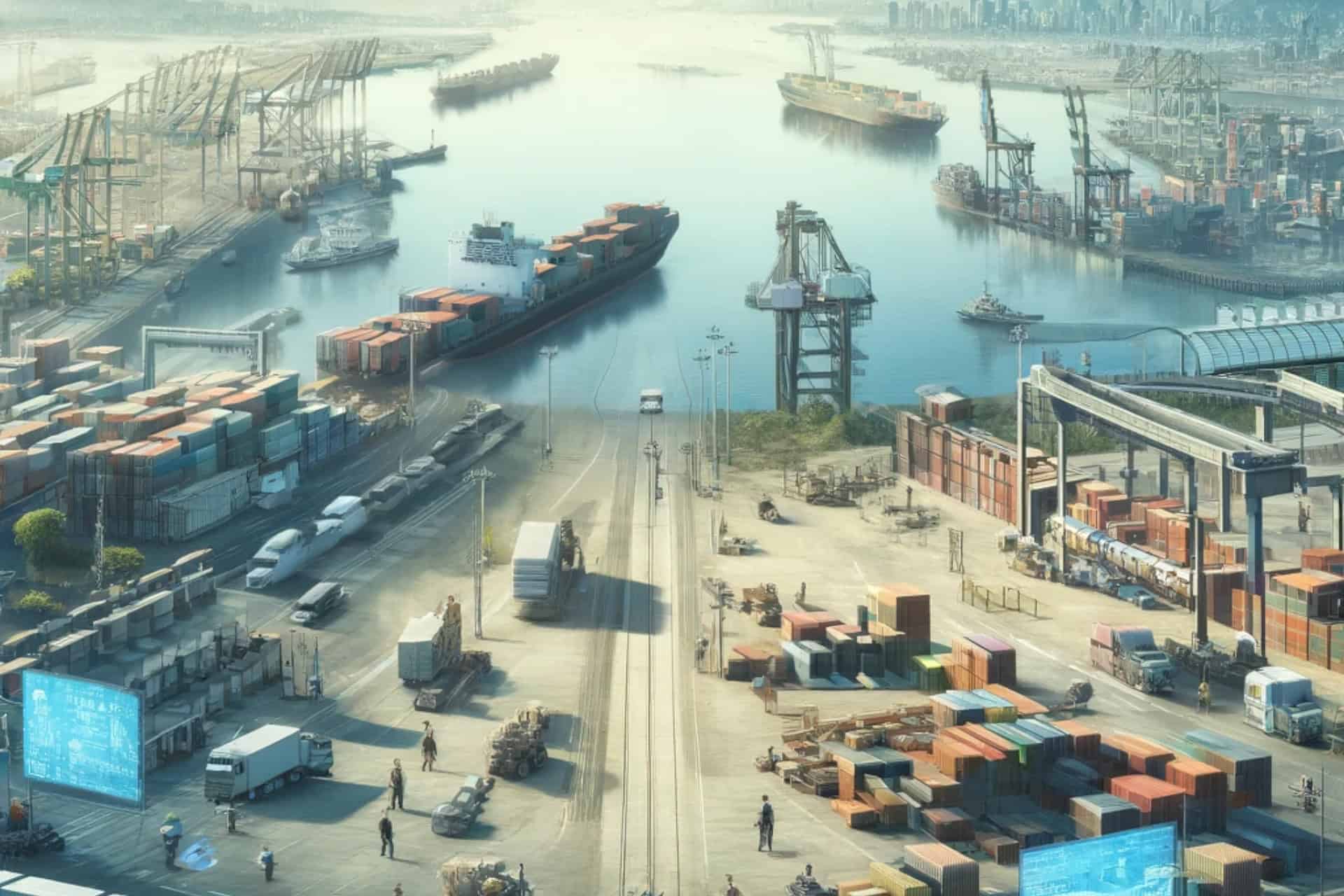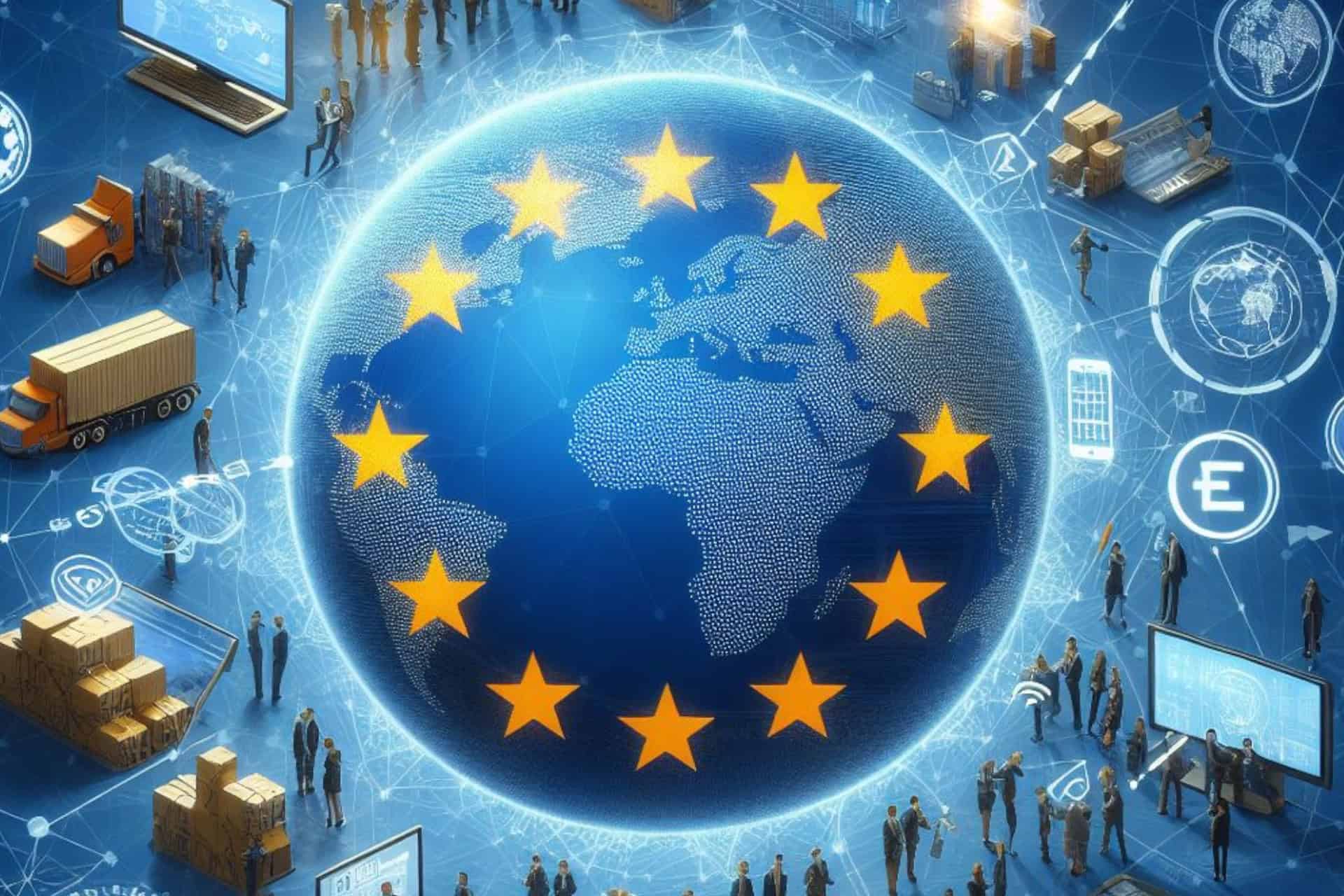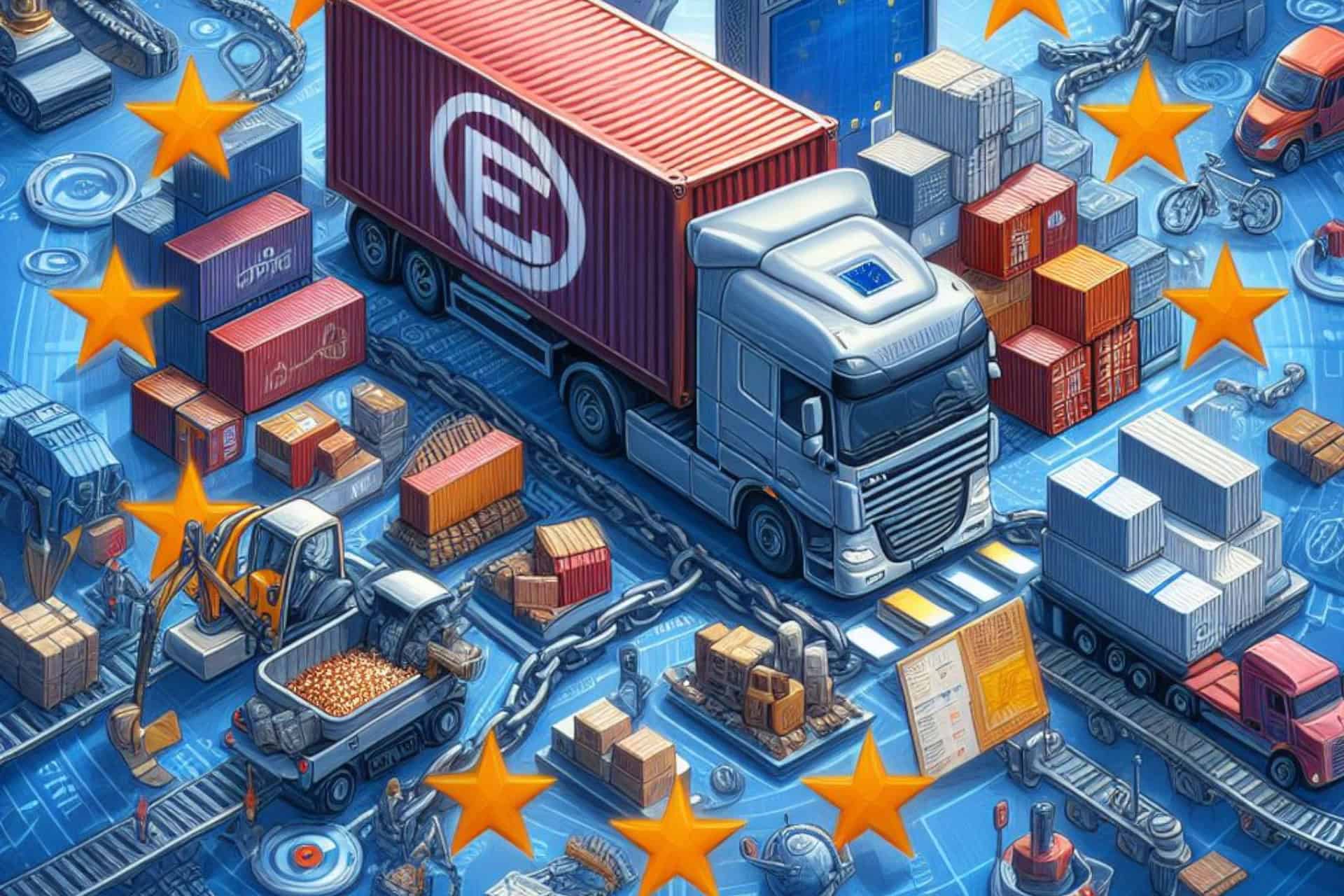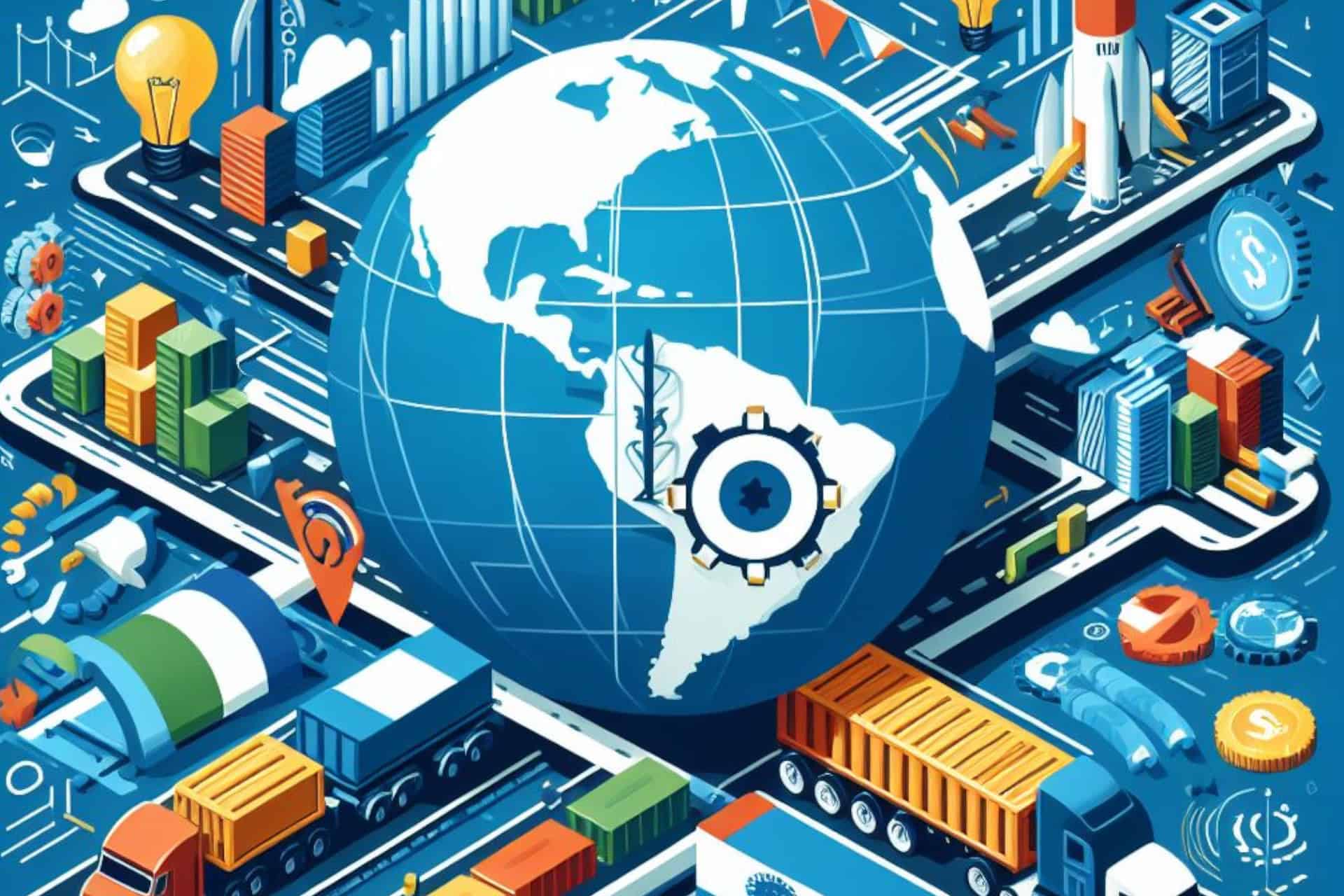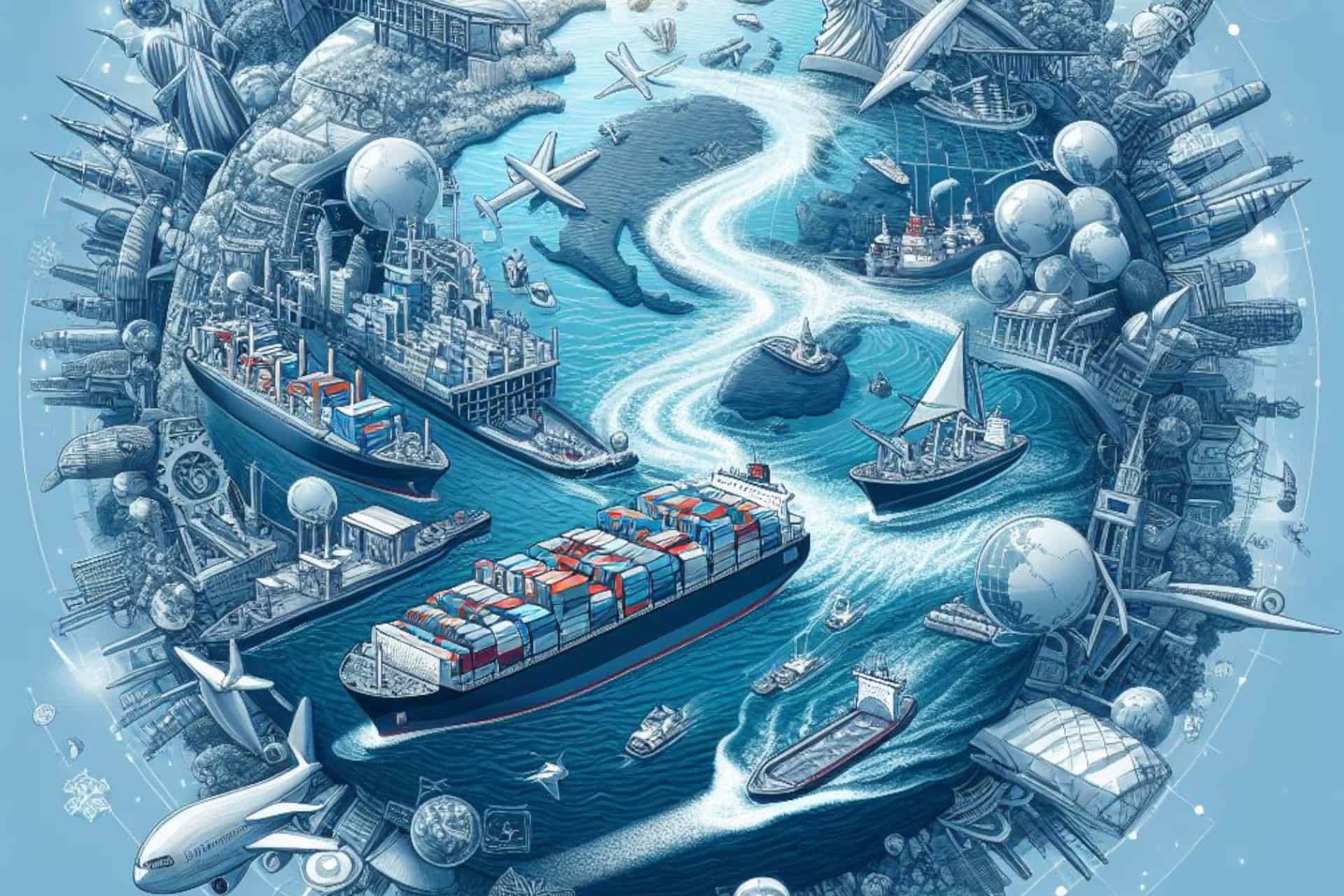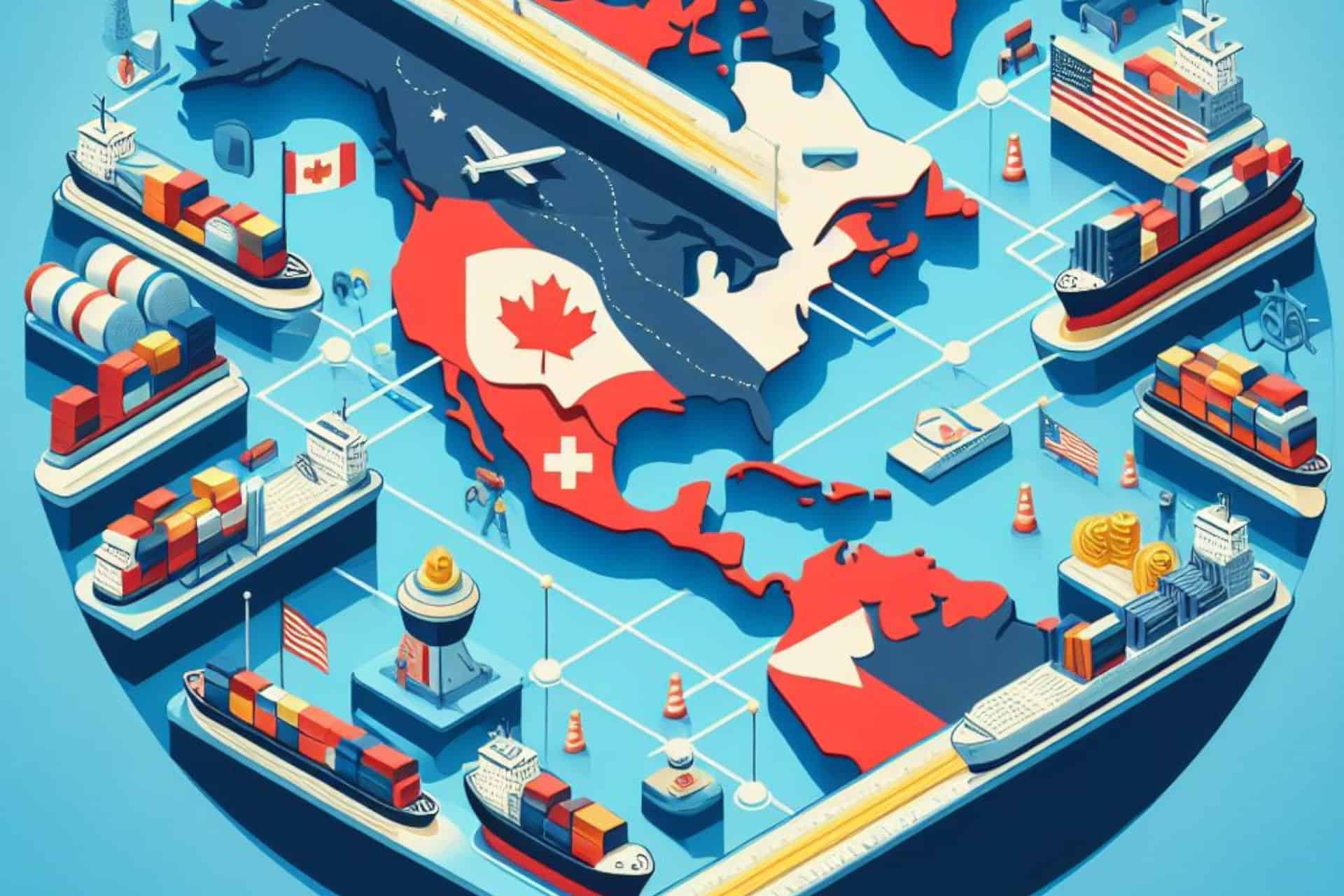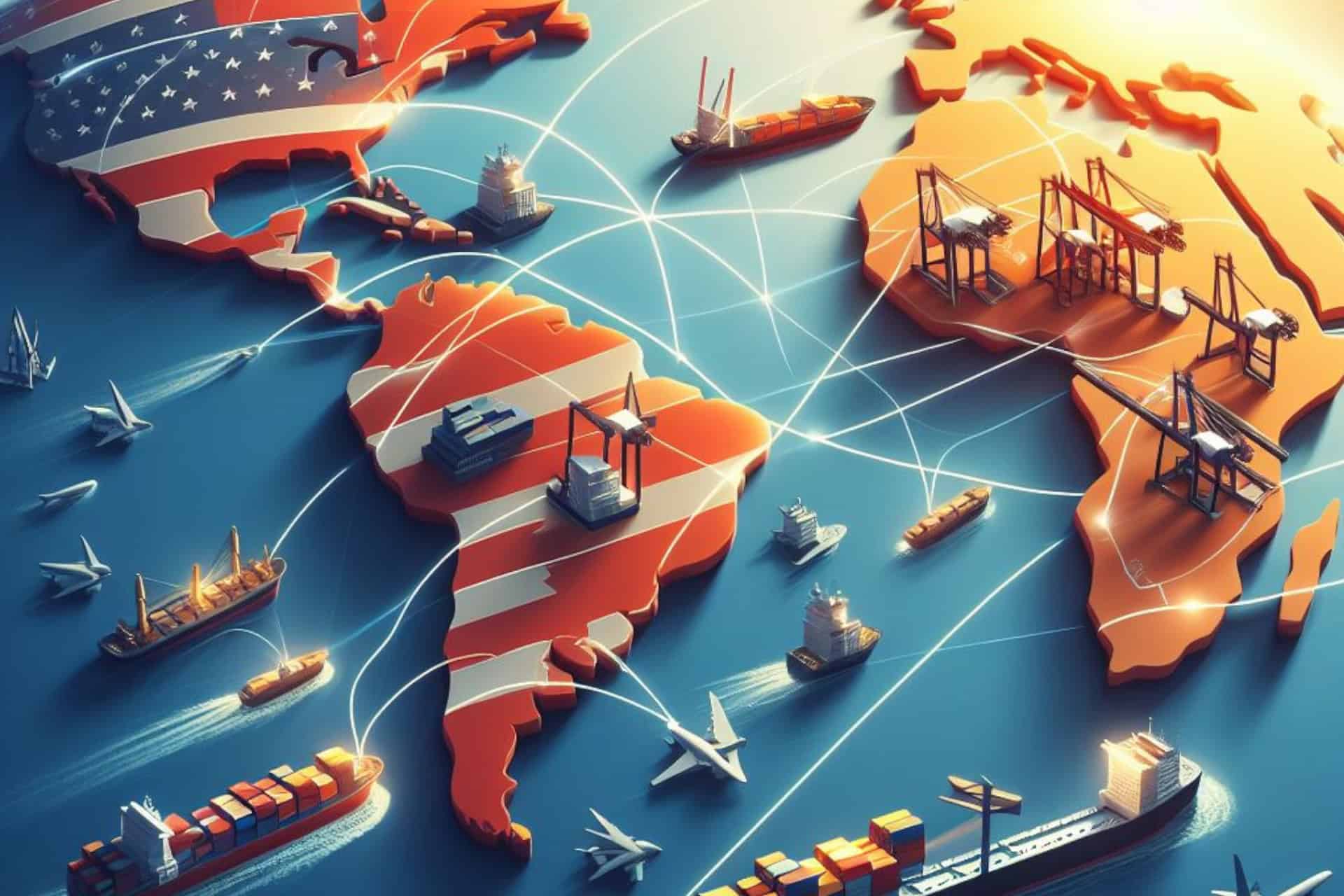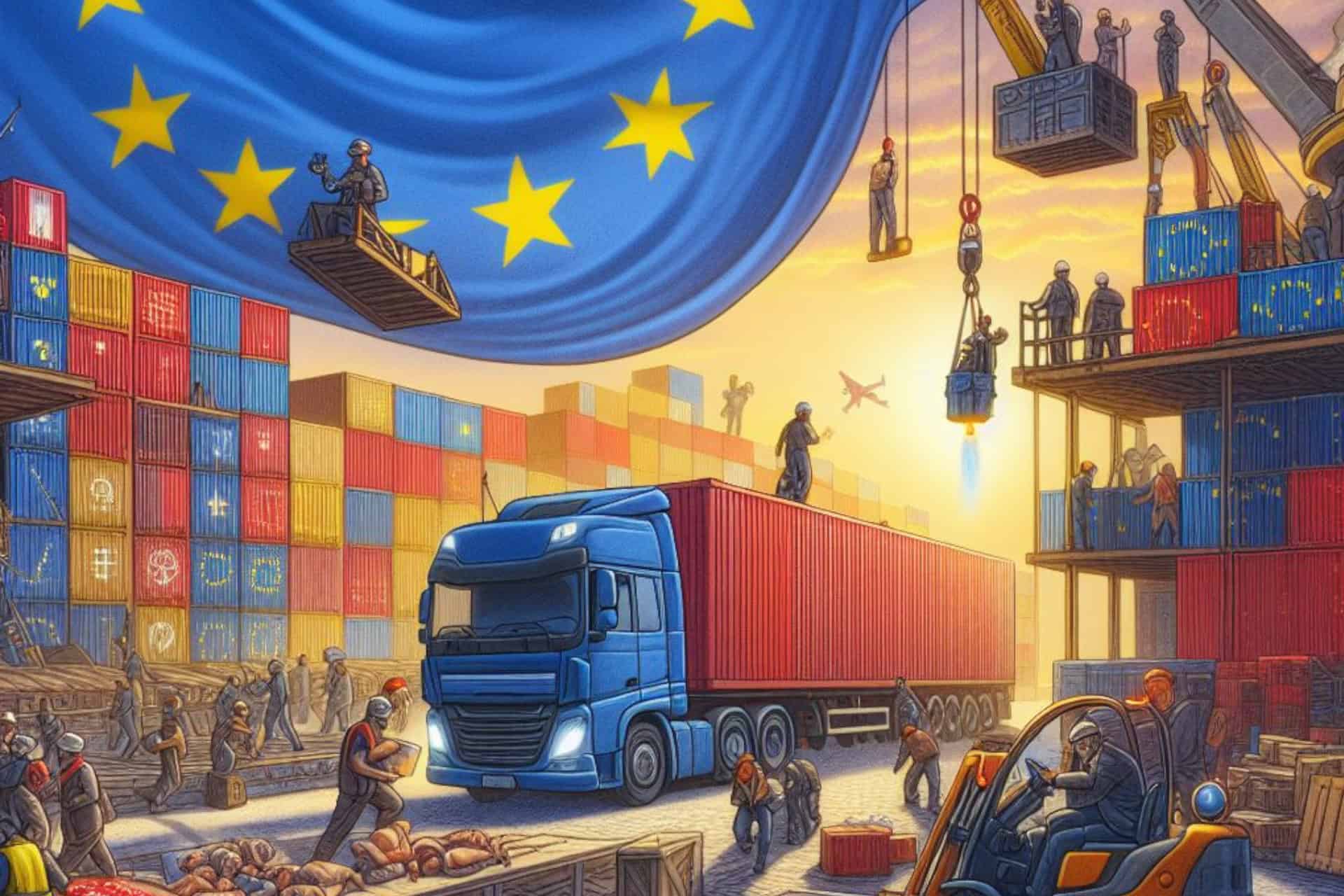The digital transformation of cross-border trade documentation is revolutionizing the way businesses conduct international commerce. By embracing digital technologies, businesses can streamline processes, enhance security and compliance, foster collaboration, and unlock new opportunities for innovation and growth.
In the ever-evolving landscape of global commerce, the traditional processes of cross-border trade documentation have long been a bottleneck, slowing down transactions, increasing costs, and introducing complexities. However, the digital revolution has ushered in a new era, transforming the way businesses handle documentation, making transactions smoother, more efficient, and cost-effective.
Gone are the days of cumbersome paper trails and manual processing. Today, digital technologies such as blockchain, AI, and cloud computing are revolutionizing the way trade documentation is managed, facilitating seamless exchanges of goods and services across borders.
One of the key benefits of digital transformation in cross-border trade documentation is the elimination of physical paperwork. By digitizing documents such as invoices, bills of lading, customs forms, and certificates of origin, businesses can significantly reduce the time and resources spent on paperwork processing. This not only accelerates the speed of transactions but also minimizes the risk of errors and discrepancies inherent in manual data entry.
Furthermore, digital documentation systems enable real-time tracking and visibility throughout the entire supply chain. With cloud-based platforms and IoT devices, businesses can monitor the movement of goods from production facilities to final destinations, providing stakeholders with unprecedented transparency and insights into inventory management, shipment status, and delivery timelines.
Moreover, digitalization enhances security and compliance in cross-border trade. Blockchain technology, in particular, offers immutable and transparent record-keeping, ensuring the integrity and authenticity of trade documents. This not only mitigates the risk of fraud and counterfeit goods but also streamlines regulatory compliance by automating the verification of customs declarations and trade agreements.
The adoption of digital trade documentation also fosters collaboration and interoperability among trading partners. By standardizing data formats and implementing interoperable systems, businesses can seamlessly exchange information with suppliers, carriers, and regulatory authorities, reducing delays and improving coordination across the supply chain.
In addition to improving operational efficiency, digital transformation in cross-border trade documentation opens up new opportunities for innovation and value creation. Machine learning algorithms can analyze vast amounts of trade data to identify patterns, optimize logistics routes, and forecast demand, enabling businesses to make data-driven decisions and stay ahead of market trends.
As businesses continue to embrace digital technologies, the future of cross-border trade documentation promises even greater efficiency, transparency, and agility. By harnessing the power of digitalization, businesses can overcome the challenges of global trade, unlock new growth opportunities, and drive sustainable economic development.
#DigitalTransformation #CrossBorderTrade #TradeDocumentation #Blockchain #AI #CloudComputing #SupplyChain #Innovation #GlobalCommerce
Read more views






